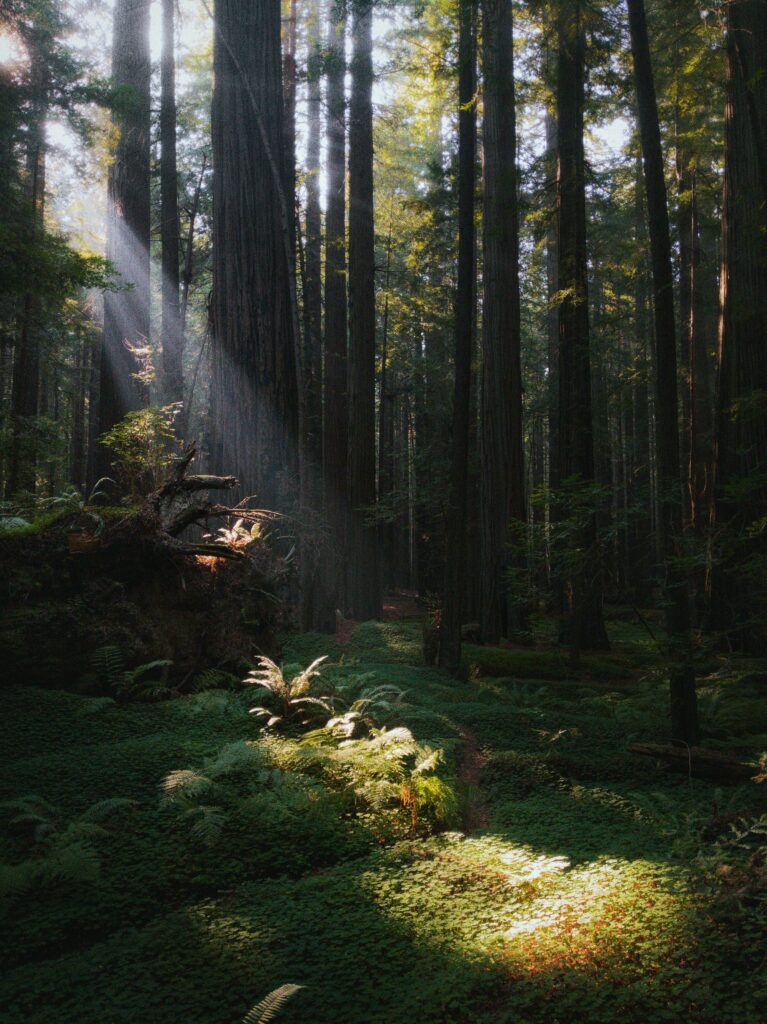As an amateur photographer, there’s nothing quite like having the opportunity to explore a new foreign place and capture it through your lens. However, taking beautiful pictures abroad isn’t always as easy as simply pointing and shooting while relying on natural light. To transform those everyday tourist shots into something extraordinary requires knowledge of camera settings, angles, lighting conditions, and more! In this blog post, Leonardo Gusmão shares how you can best utilize natural light while taking photos in any part of the world – so that you can bring home unique memories each time you travel!
Find The Right Time Of Day To Take Pictures – Usually Early Morning Or Late Evening When The Sun Is Low
There’s something magical about capturing a moment in time with a photograph. And if you’re looking to take the perfect shot, timing is everything. While you can take photos at any time of day, the early morning and late evening hours have a charm that’s hard to ignore. Known as the “golden hours,” this is when the sun is low, the light is softer, and the colors are more prosperous. Whether snapping a landscape or a portrait, taking pictures during these hours can make all the difference. So grab your camera, head outside, and see what kind of magic you can capture during these magical hours of the day.
Utilize Natural Light Patterns In Different Parts Of The World, Such As Hourglass Lighting, The Golden Hour, And Magic Hour
As the saying goes, “It’s not just what you shoot, but how you shoot it.” And one of the most important aspects of photography is lighting. Sure, you can use artificial lights to create a certain vibe, but there’s no beating the natural patterns of light that occur in different parts of the world. Whether it’s the hourglass lighting in the Middle East, the warm glow of the golden hour in Tuscany, or the mystical aura of the magic hour in Santorini, these natural phenomena add a certain magic to your photographs that are hard to replicate. So, as you plan your next photo shoot, take some time to research the natural lighting patterns in your desired location and let mother nature work her magic.
Consider How Shadows Can Bring Out Exciting Details In A Scene
Shadows can add depth to an image that might otherwise appear flat. Using shadows creatively can draw the viewer’s attention to a specific photo area or highlight an interesting detail that might go unnoticed. Shadows can be shaped through light sources, creating patterns and contrast that add a new layer of complexity to a scene. Finding unique ways to incorporate shadows into photography can result in stunning and eye-catching images. Whether the play of light and shadow across a landscape or how shadows highlight unexpected details in a still-life photo, shadows can be a powerful tool in creating visually captivating images.
Look For Sources Of Natural Light, Such As Windows And Skylights, For Creative Portraits
As a photographer, capturing the perfect shot requires a variety of techniques. One tip to remember when shooting creative portraits is to make the most of natural light. Look for sources such as windows and skylights that add depth and texture to your images. Not only will this give your subject a more natural glow, but it will also help to create a unique and captivating atmosphere. Incorporating natural light into your portraits can elevate your photography to the next level. So, the next time you’re shooting, take a moment to observe your surroundings and capitalize on the beauty of natural light.

Use Reflectors And Other Available Tools To Balance Light And Create More Dynamic Images
One of the most critical skills of a photographer is using available tools to create balanced lighting in images. Reflectors are a great way to control and bounce light to fill shadowy areas and create a dynamic effect. Whether it’s using a white reflector to lighten up a subject’s face or a silver one to add more contrast, using these tools can elevate your photography game. And reflectors aren’t the only tool at your disposal – utilizing natural light, diffusers, and even flash can all help balance and enhance the lighting in your images. So next time you shoot, don’t be afraid to experiment with different tools and techniques to create more dynamic and captivating photographs.
Experiment With Shutter Speeds To Capture Different Levels Of Movement Or Background Blur
Photography is about capturing moments frozen in time, and shutter speed is crucial in achieving stunning shots. You can create various effects by experimenting with the shutter speeds available. For instance, a fast shutter speed can freeze the motion of a moving object, while a slower shutter speed can create a sense of motion blur. Alternatively, you can use a long exposure to capture beautiful light streaks or blur the background while keeping your subject in sharp focus. Every photographer has their style, so why not try different shutter speeds and see what works best for you? With practice, you’ll discover how to master this essential technique and bring your photos to life.
Conclusion
Photography can be a magical art form with the proper techniques and tools. By making thoughtful choices about what time of day you take photos, looking for creative sources of natural light, utilizing various tools to balance lighting, and experimenting with shutter speeds, you can elevate your photography from simply capturing images to constructing visually captivating works of art. Intentional decisions about these variables empower photographers to modify the atmosphere of their photographs as they wish. Even the most fundamental concepts in photography can create incredible moments that look aesthetically pleasing and thought-provoking.